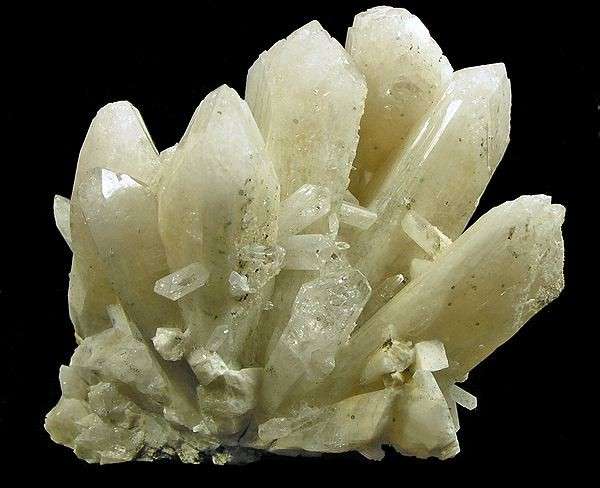
Appearance
Although danburite comes in a variety of hues, colorless or pale yellow are the most prevalent ones. In addition, it occasionally comes in pink and light brown hues, as well as light green and blue. Danburite, which is colorless and has a diamond-like look, is very valuable. Danburite crystals normally allow light to flow through since they are transparent to translucent. Different specimens can have varying degrees of transparency; certain crystals are more translucent than others. Prismatic crystals with well-developed faces and terminations are frequently formed by danburite. The crystals can be thin and lengthy, frequently taking the shape of a modified pyramid or column. These prisms might have more than one termination or only one termination. Small to huge crystals can be found; some specimens are more than several inches long.
Geographical Distribution
Danburite is typically found in metamorphic rocks, which include schist and marble. It frequently occurs in combination with other minerals, including feldspar, quartz, and calcite. It can be found in many different parts of the world, such as Mexico, Madagascar, Japan, Russia, Myanmar, and the United States.
History
In Danbury, Connecticut, in 1839, renowned American mineralogist Charles Upham Shepherd made the first discovery of danburite.
Metaphysical Properties
Certain individuals believe danburite has therapeutic and metaphysical qualities. It is employed in spiritual rituals, energy work, and crystal healing techniques. Consequently, among individuals who are interested in these techniques, there is a tiny market for danburite.

Chemical Composition
Danburite’s chemical formula, CaB2Si2O8, denotes that calcium, boron, silicon, and oxygen make up its composition.
Uses
- Gemstone Cutting: Gemstones are made by cutting and polishing danburite crystals that have the right color and clarity. Danburite is shaped by gem cutters into a variety of common and unique shapes, including emeralds, cushions, rounds, and ovals. To increase the luster and brilliance of the diamonds, they are polished.
- Jewelry Designs: Gemstones called danburite are used in a variety of jewelry items, such as bracelets, necklaces, earrings, rings, and pendants. In both conventional and modern designs, they can be utilized as accent or center stones.
- Color Options: Danburite’s color spectrum, which includes colorless, light brown, pink, and pale yellow, enables a variety of design possibilities. Because colorless danburite resembles diamonds in appearance, it is frequently used as a substitute for diamonds.
- Ornamental Stone: Danburite is a good choice for usage as a decorative stone due to its eye-catching look and distinctive crystal habit. It can be employed in sculptures, ornamental items, and other creative endeavors where its beauty can be admired.
- Mineral Collecting: Danburite is a highly sought-after mineral specimen among collectors due to its scarcity and attractive characteristics. Its value as a collectible specimen is increased by its distinct crystal shapes, color variations, and affinities with other minerals.
Table





